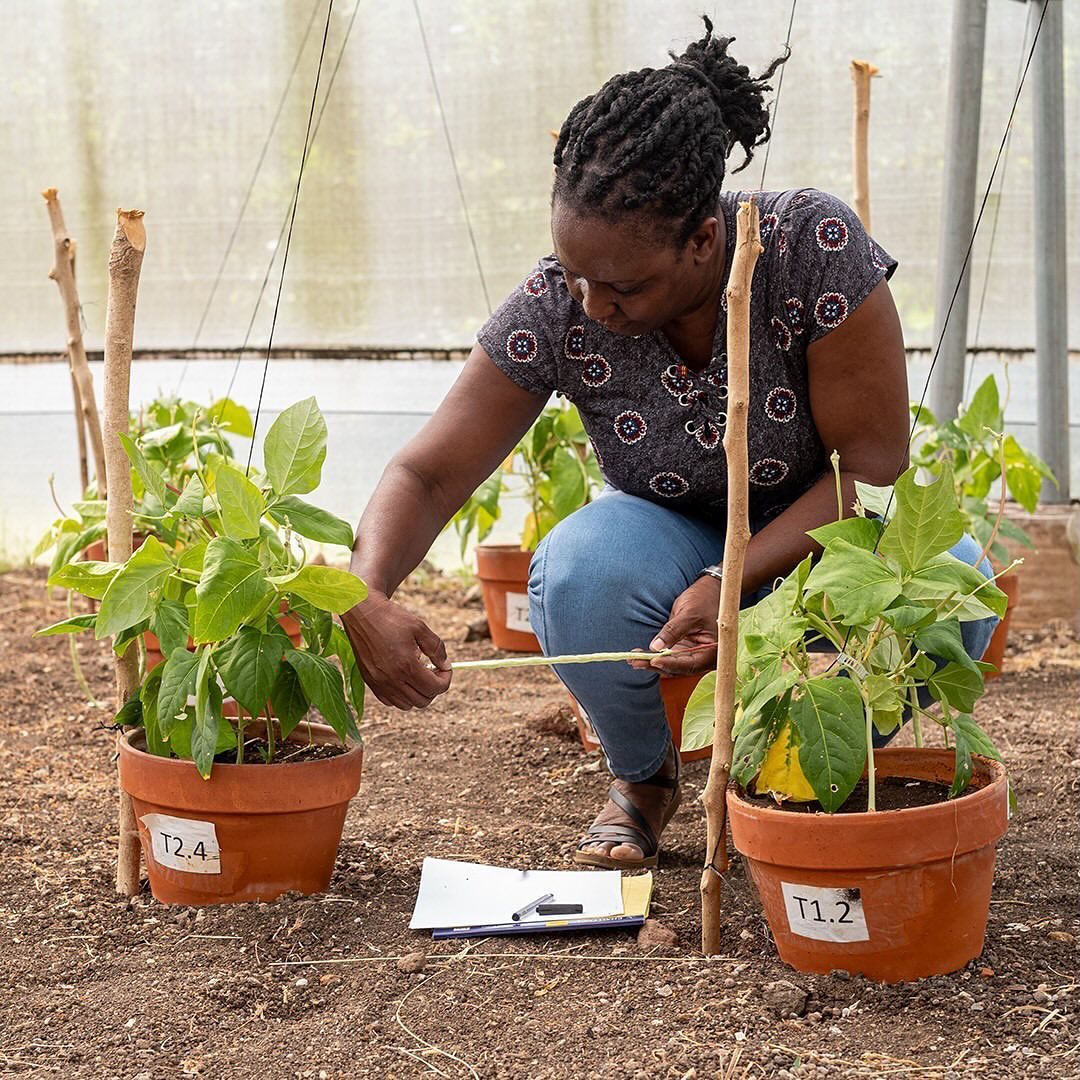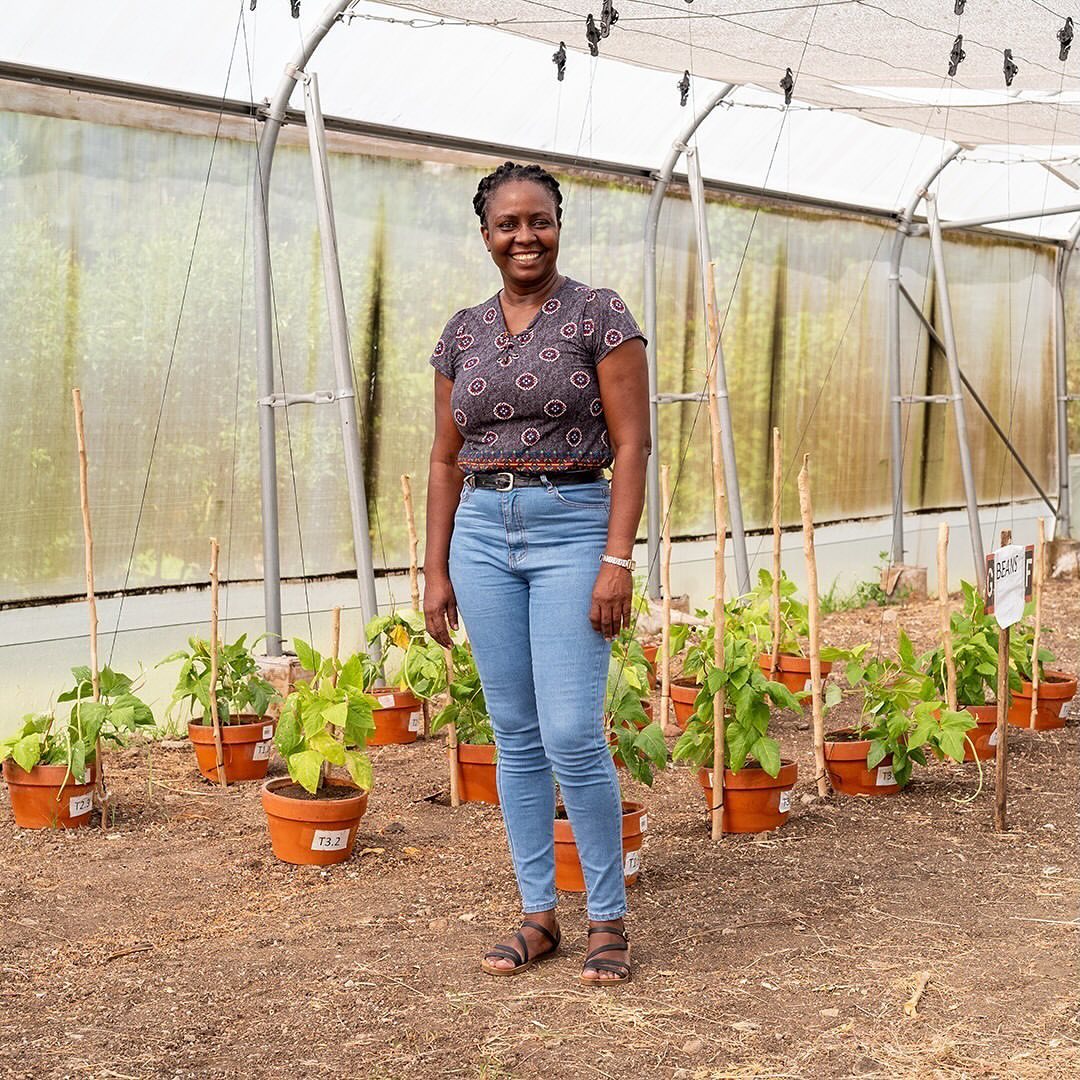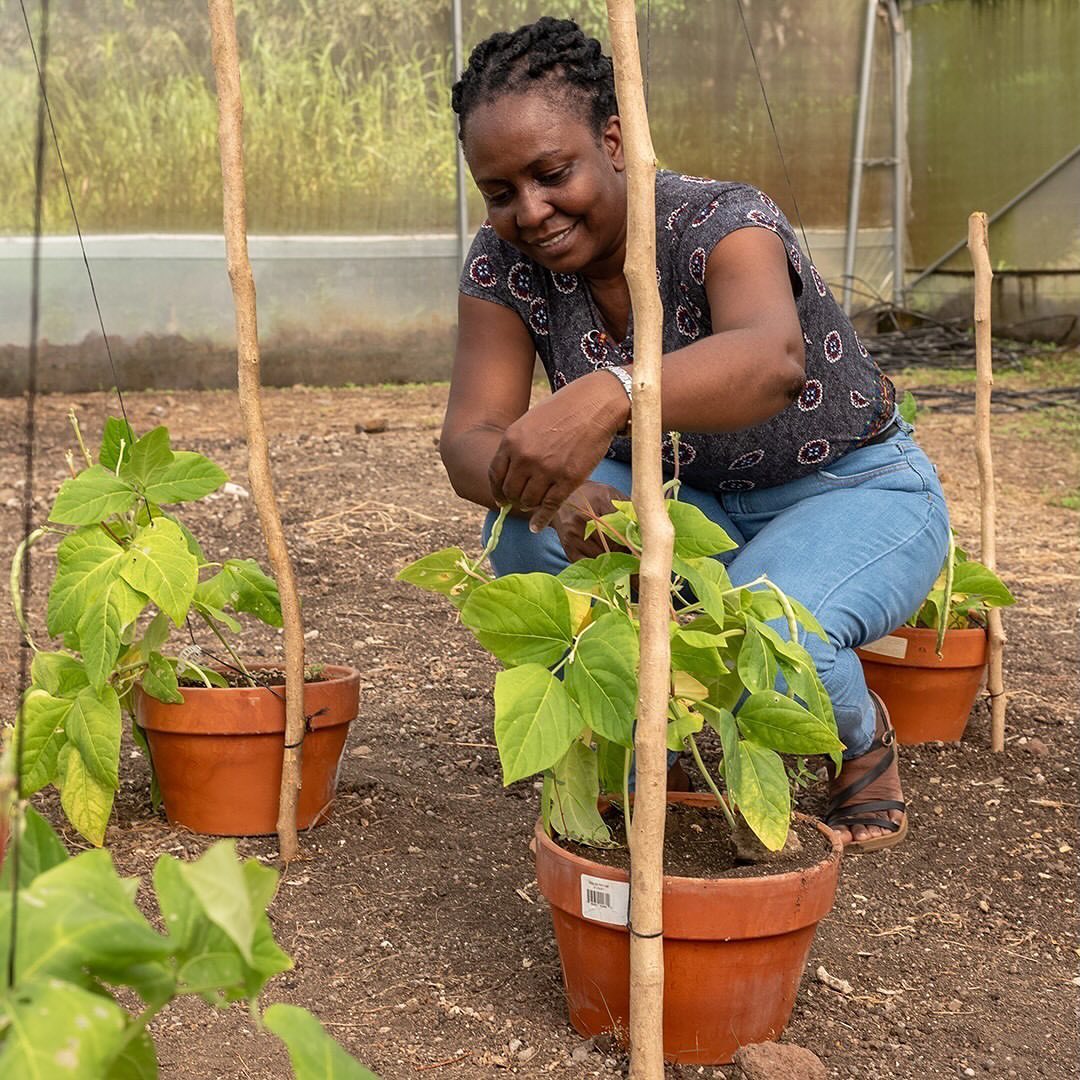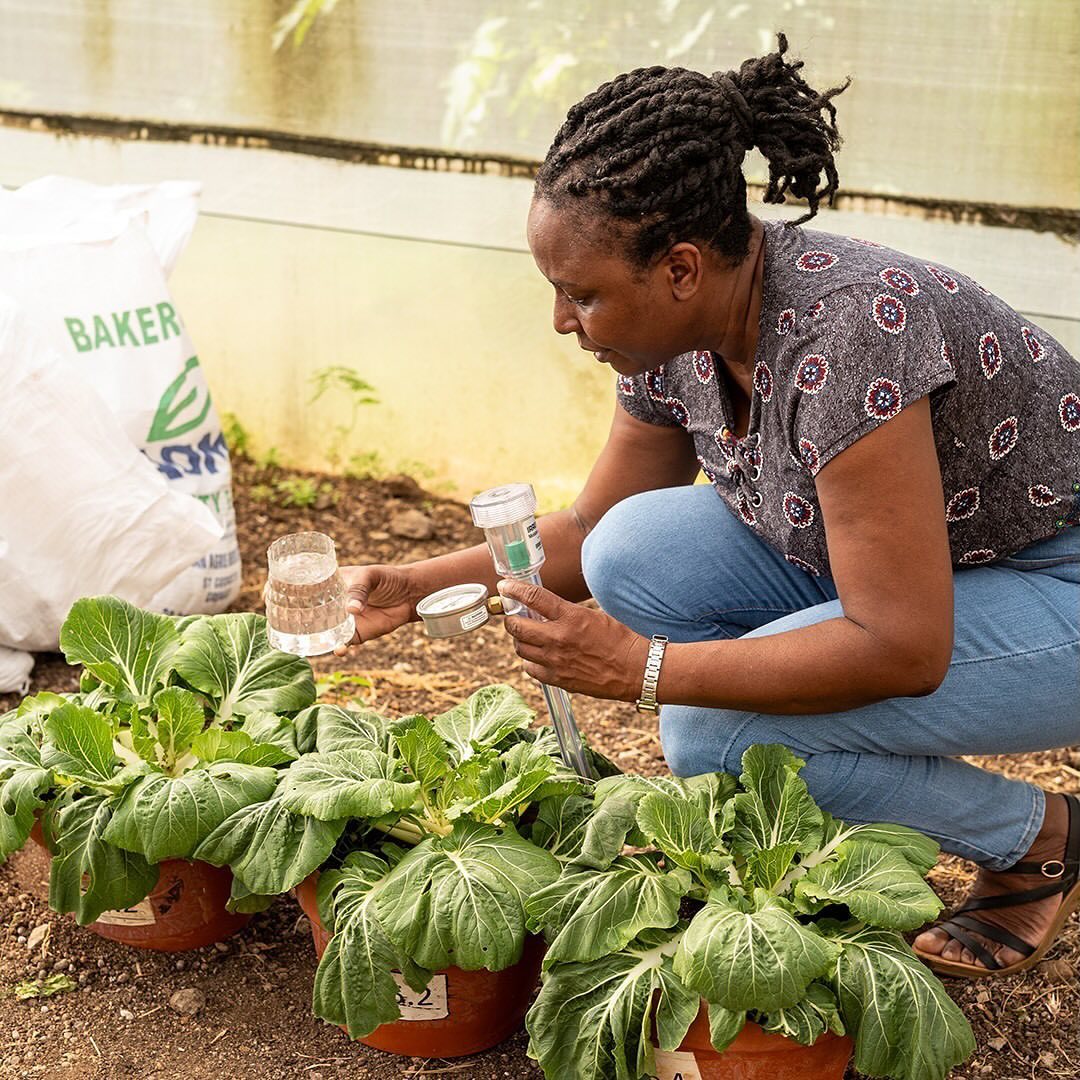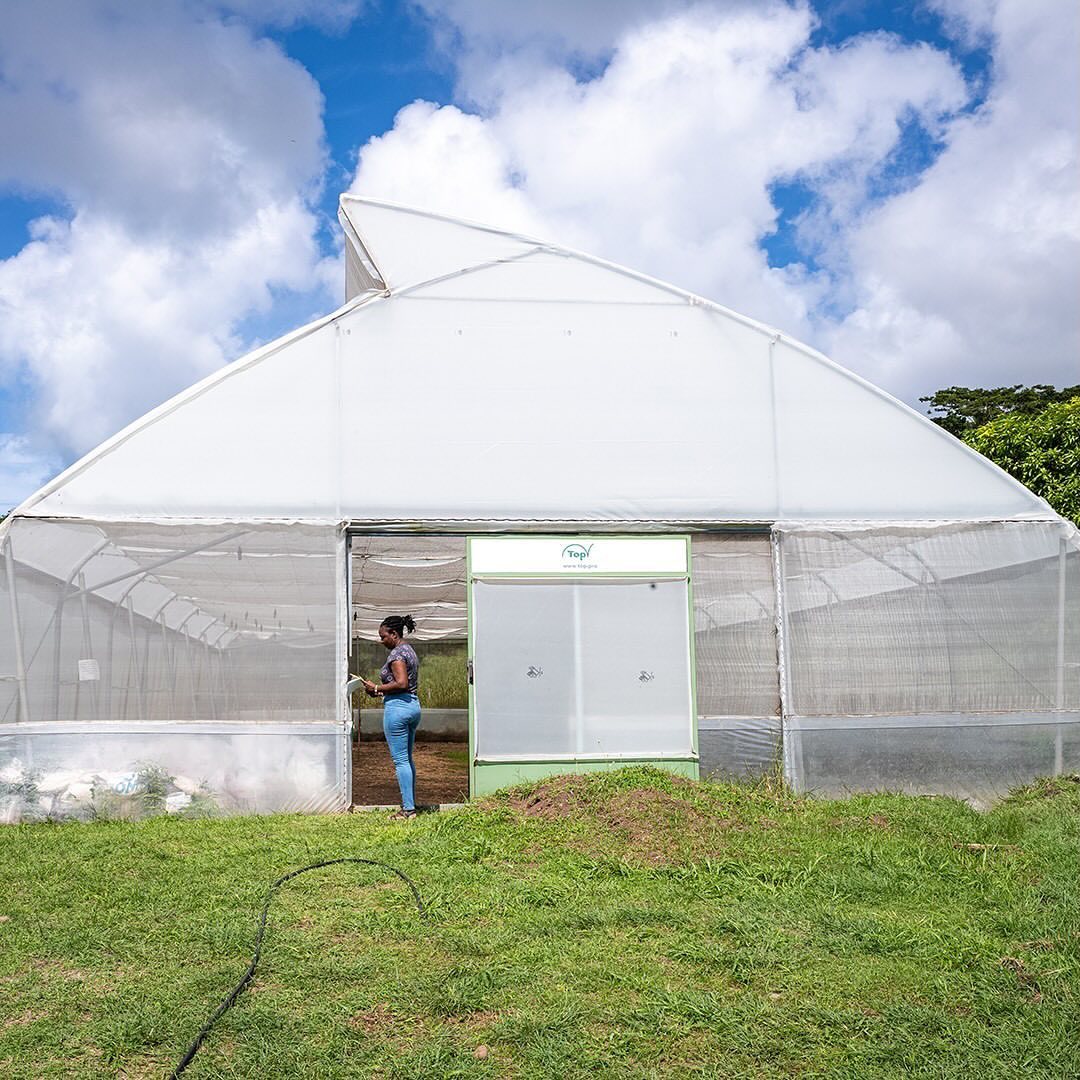Excited to share my latest published images for Nature. I photographed Dr. Lindonne Telesford, a public-health researcher, associate lecturer and assistant dean at St. George’s University in Grenada, West Indies.
In the photos, Dr. Telesford is measuring, watering and tending to green-bean plants in an experiment from her team at the request of Grenada’s government.
The initiative hopes to improve agricultural production in Grenada.
See below for photos and this link will lead to the the story’s “Where I Work” section on Nature’s website.
Here’s another link to the images posted on Nature journal’s socials.
And like icing on the cake, here are a few previous published Nature assignments featuring volcanologist Dr. Richie Robertson and plant medicine specialist Dr. Damian Cohall.
